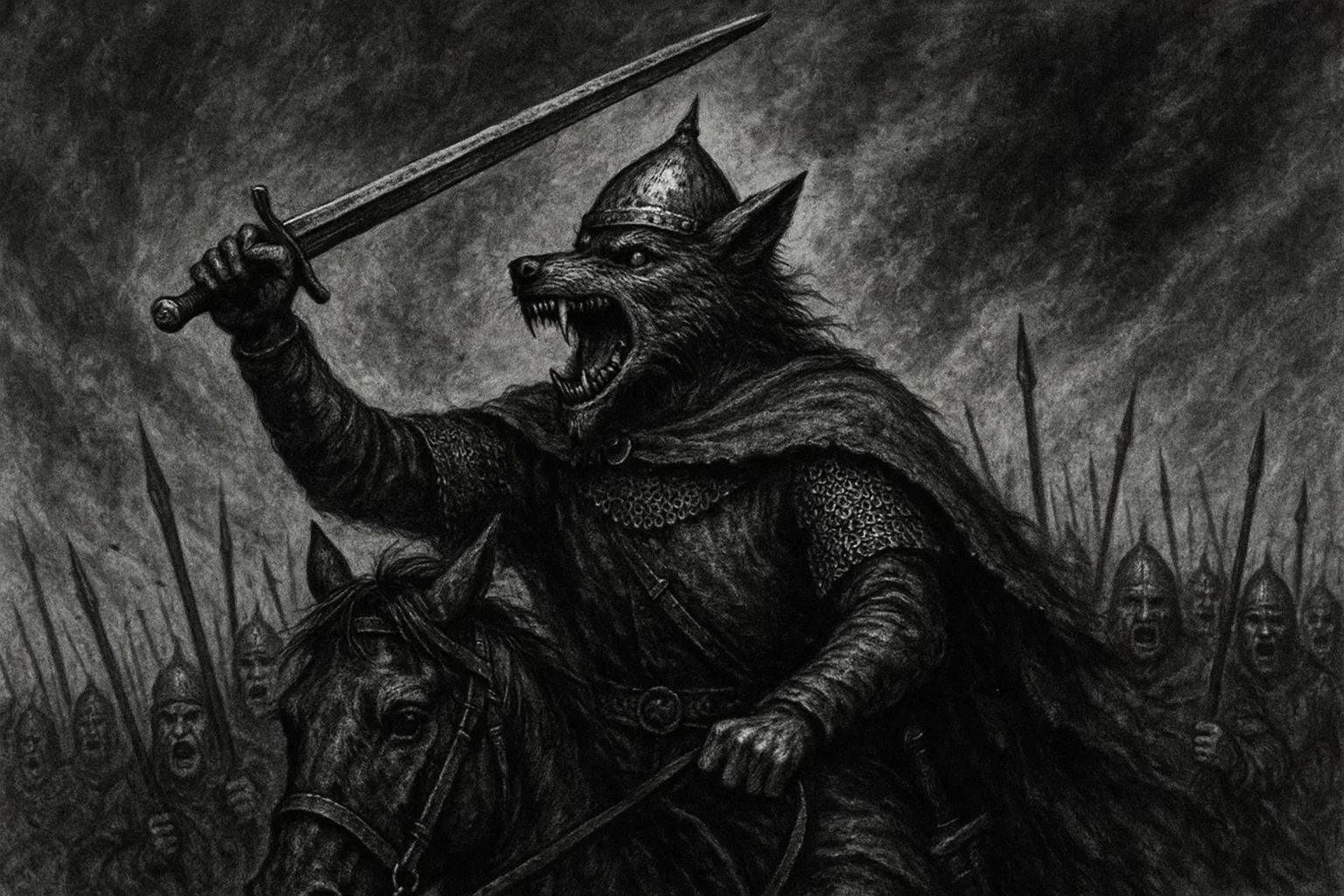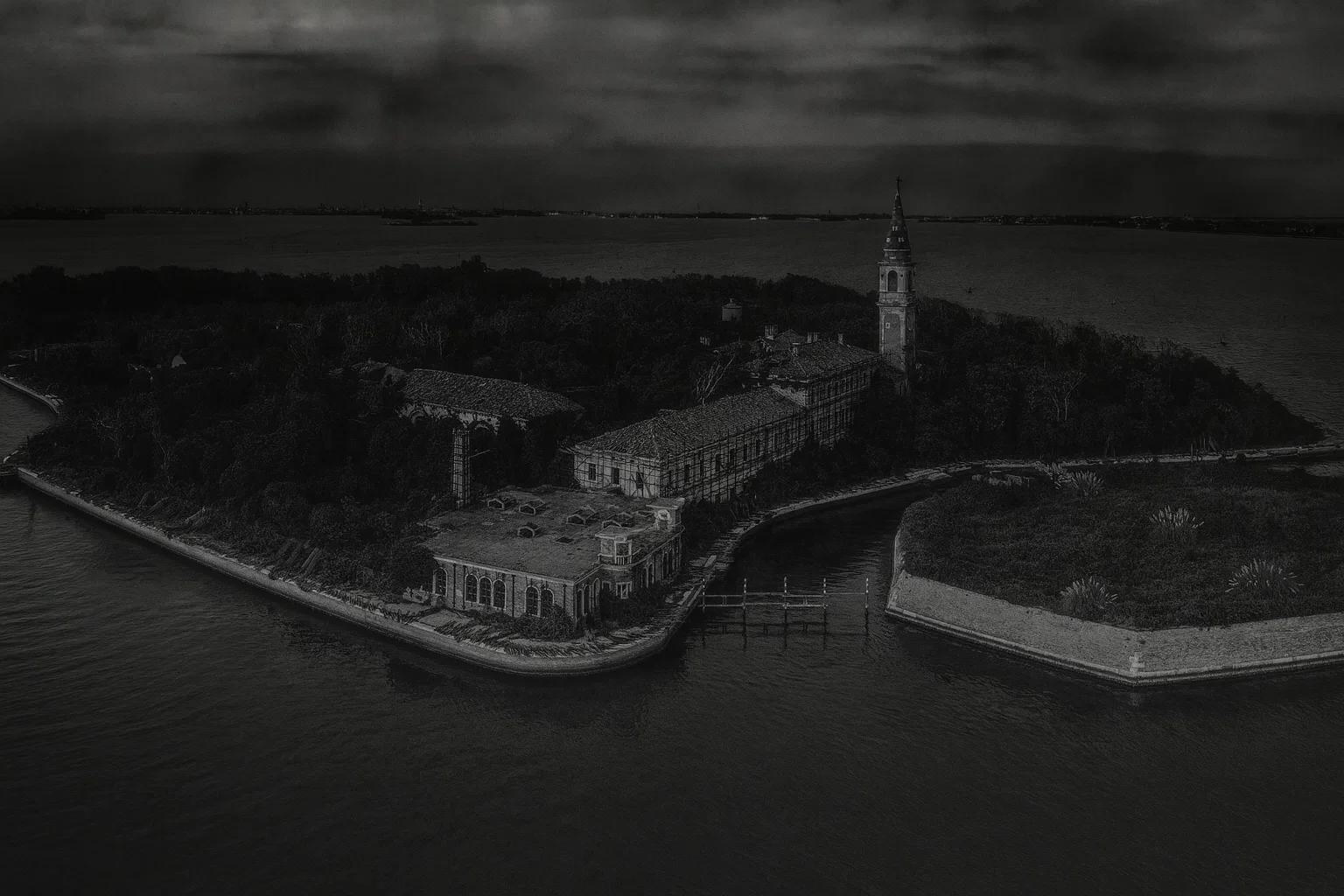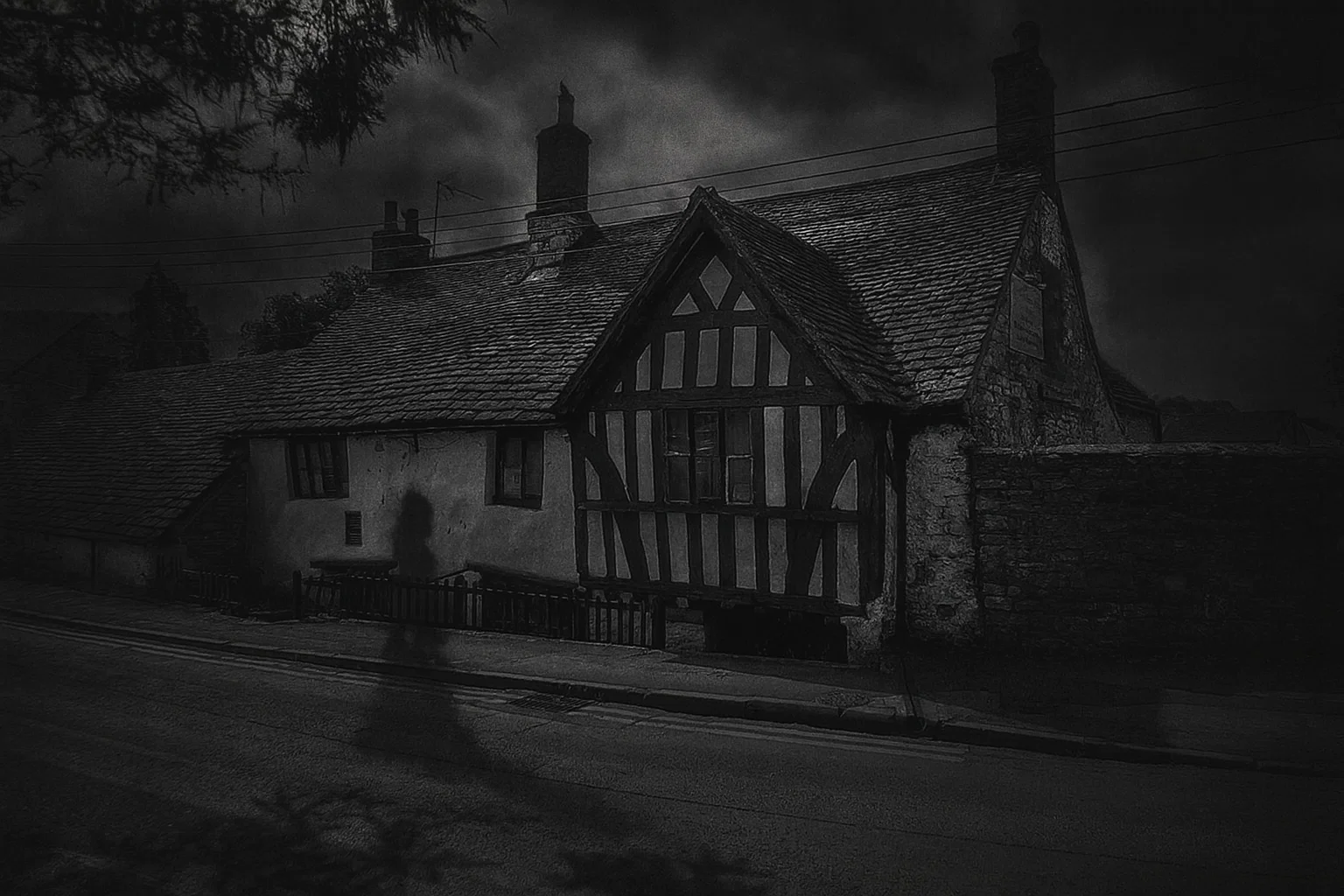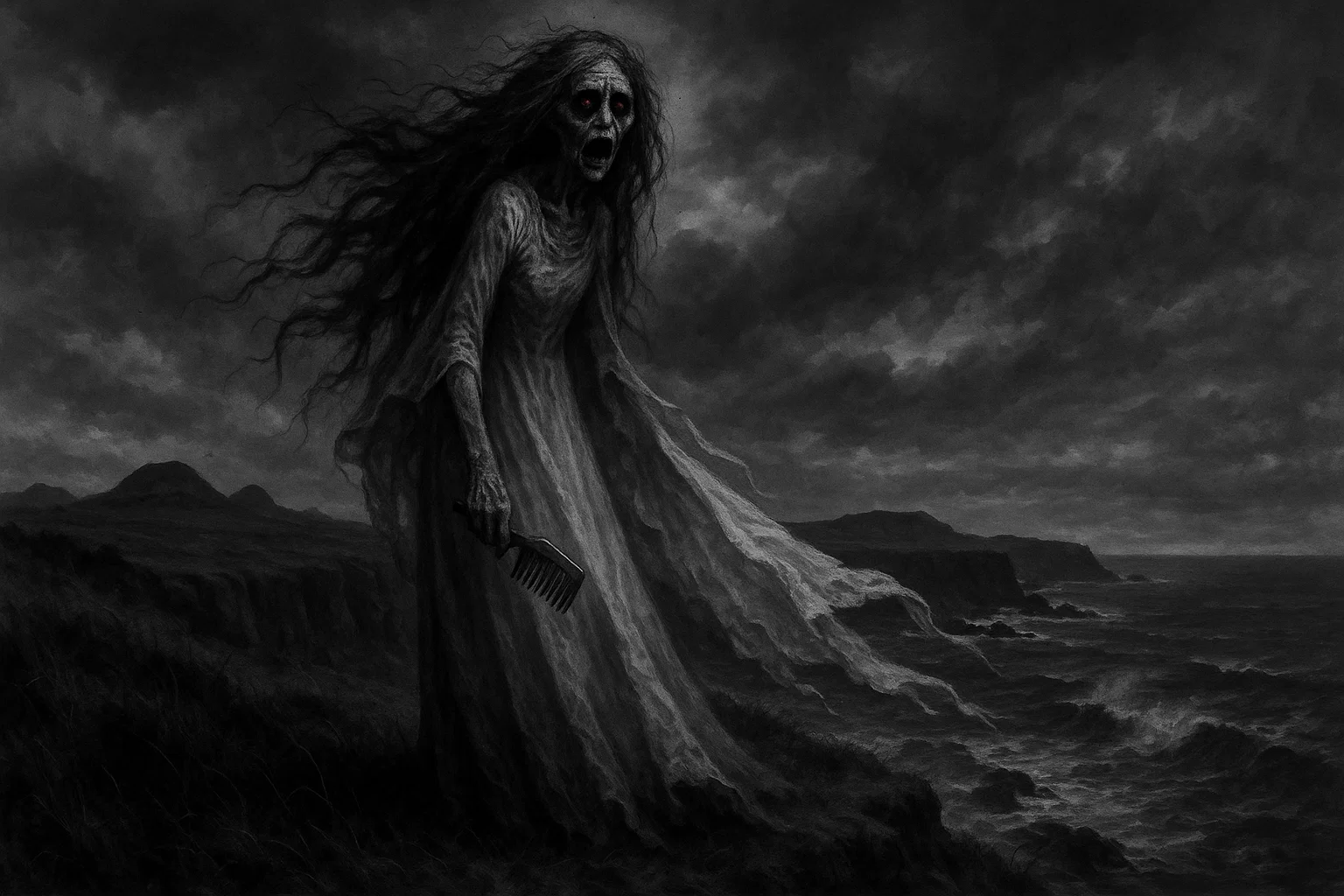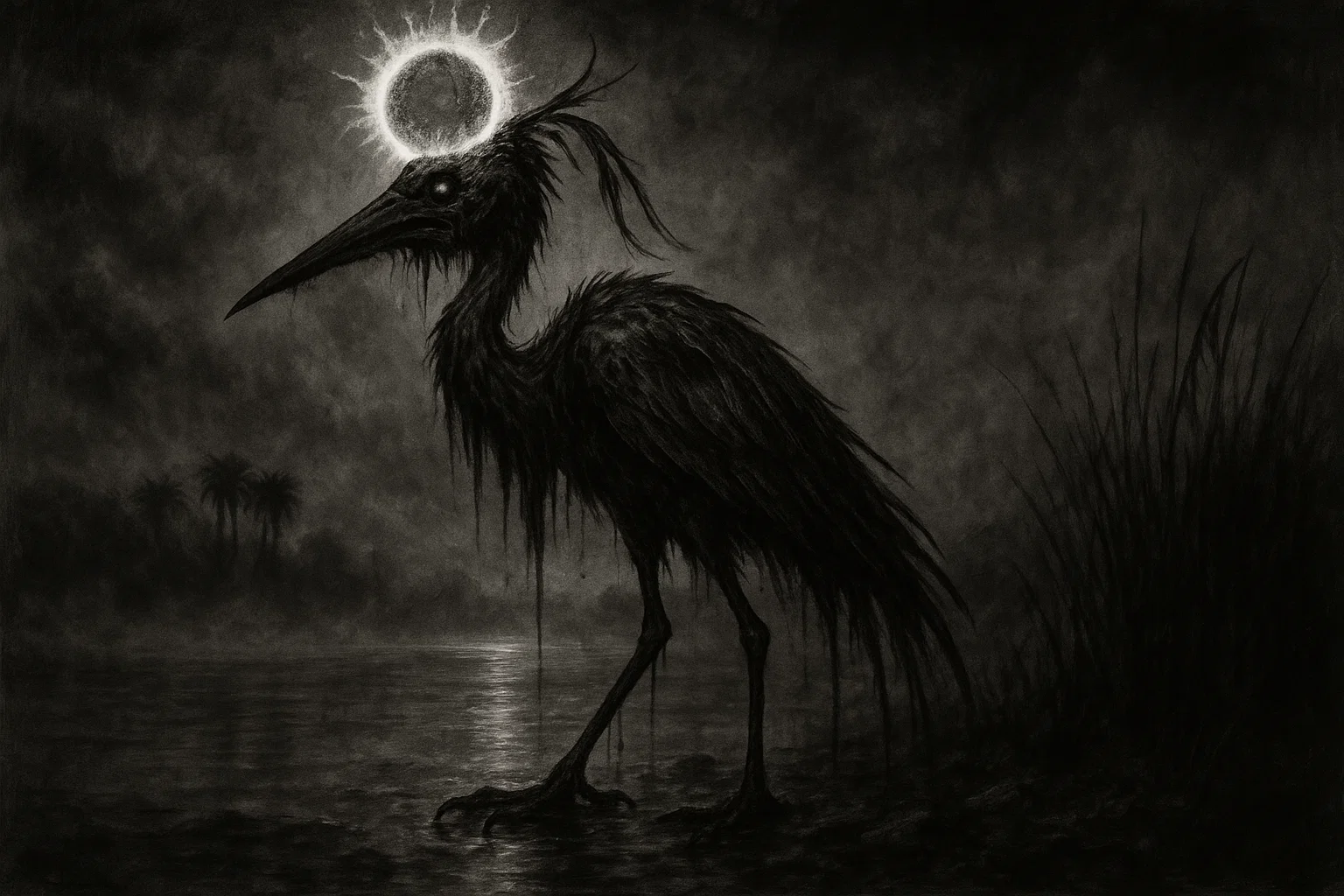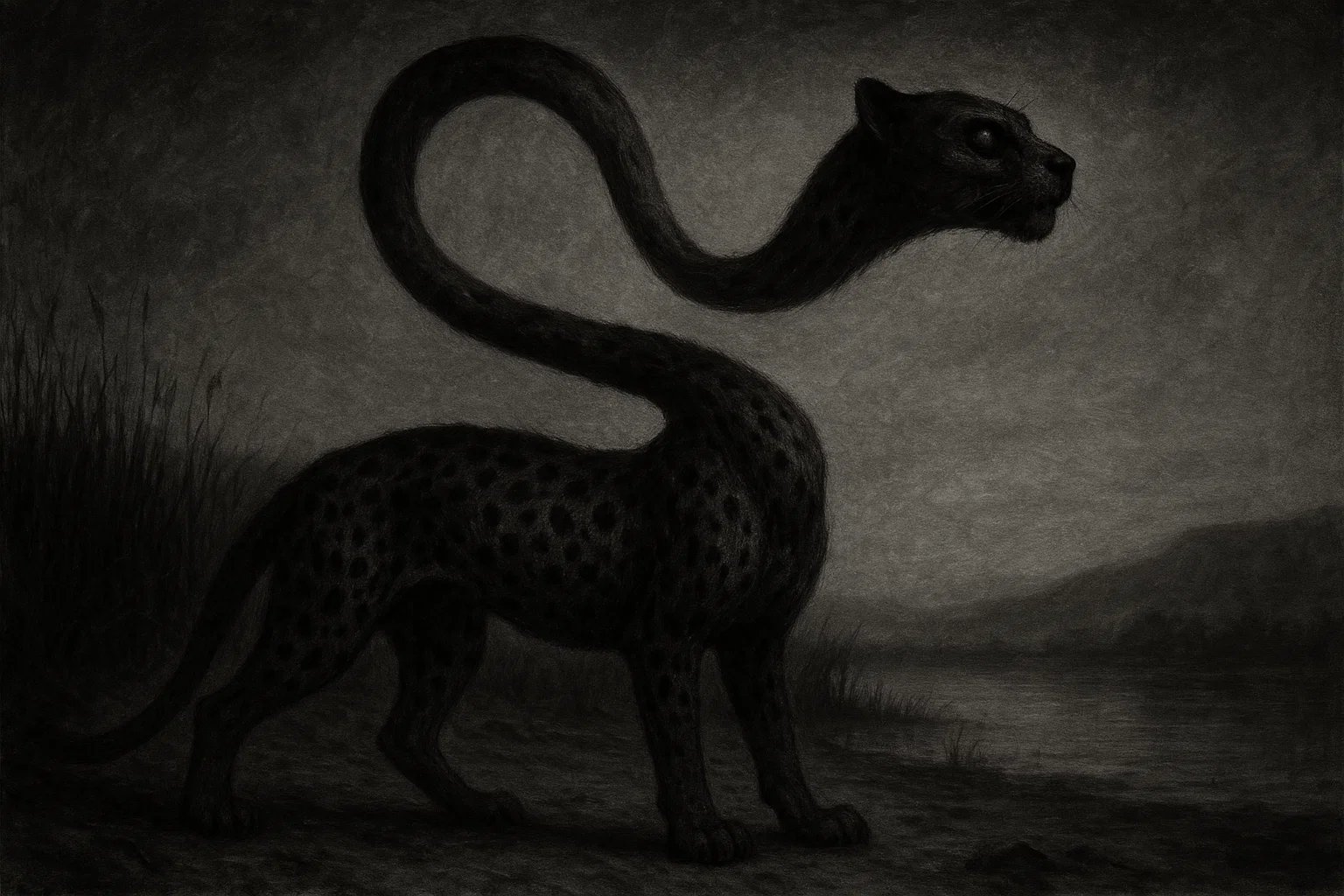Vseslav of Polotsk, known as Vseslav the Sorcerer or Vseslav the Seer, ruled as Prince of Polotsk from 1044 to 1101 in medieval Kievan Rus’. His legacy intertwines historical feats with chilling tales of lycanthropy and sorcery, rooted in ancient Slavic folklore.
Summary
Overview
| Aspect | Details |
|---|---|
| Full Name | Vseslav Bryachislavich |
| Titles | Prince of Polotsk (1044–1101), Grand Prince of Kiev (1068–1069) |
| Birth | c. 1039, Polotsk, present-day Belarus |
| Death | 24 April 1101, Polotsk |
| Family | Father: Bryachislav Izyaslavich; Rurik dynasty |
| Reign | 57 years, among the longest in Kievan Rus’ |
| Major Achievements | – Constructed the Cathedral of Holy Wisdom in Polotsk – Led campaigns against Novgorod and Kiev – Fostered Polotsk’s cultural Golden Age |
| Legendary Attributes | – Portrayed as a werewolf in The Lay of Igor’s Campaign – Known as a sorcerer with shape-shifting and divination powers – Born with a caul, believed to grant supernatural abilities |
Who Was Vseslav of Polotsk?
Vseslav Bryachislavich, born around 1039 in Polotsk, was a prominent prince of the Rurik dynasty, which ruled Kievan Rus’. His father, Bryachislav Izyaslavich, died when Vseslav was young, leading to his early ascension to the Polotsk throne in 1044 at age five, initially under regency.
His mother, whose name is lost to history, played a significant role in his upbringing, fostering his reputation as a learned ruler.
Vseslav’s reign, spanning nearly six decades, marked Polotsk’s Golden Age. He oversaw the construction of the Cathedral of Holy Wisdom, a masterpiece of 11th-century architecture, symbolizing Polotsk’s wealth and cultural sophistication.
His diplomatic ties extended to neighboring principalities, including marriages linking his family to Novgorod and Smolensk elites. Vseslav fathered several sons, including Boris, David, and Gleb, who later ruled regional territories, strengthening Polotsk’s influence.
A skilled military strategist, Vseslav led campaigns that challenged Kievan authority. In 1065, he raided Novgorod, seizing its sacred bell and relics, a bold act of defiance. His brief capture of Kiev in 1068, making him Grand Prince for a year, showcased his ambition.
Despite these conflicts, Vseslav was revered locally as a protector of Polotsk’s independence, balancing warfare with patronage of arts and religion.
His enigmatic persona stemmed from tales of sorcery. Born with a caul—a membrane covering the head—Vseslav was marked as extraordinary. Medieval beliefs held that such children possessed magical gifts, a notion that shaped his legendary status as a sorcerer and werewolf.
You May Also Like: Kisaragi Station Urban Legend: Real Ghost Story or Internet Hoax?
Vseslav of Polotsk’s Story
Vseslav’s life began under auspicious yet ominous signs. Born around 1039 in Polotsk, he entered the world with a caul, a rare phenomenon interpreted as a divine or mystical omen.
Local wise men, steeped in Slavic traditions, advised his mother to preserve the caul, binding it to Vseslav’s body to ensure lifelong protection and power. This act, recorded in the Primary Russian Chronicle, set the stage for his reputation as a sorcerer.
As a child, Vseslav displayed precocious intelligence, mastering literacy and strategy under tutors from Polotsk’s burgeoning ecclesiastical community.
By age five, following his father’s death in 1044, he inherited the throne. His mother and regents governed until his early teens, when Vseslav assumed full control, navigating the turbulent politics of Kievan Rus’.
His early reign focused on strengthening Polotsk. He expanded trade routes along the Western Dvina River, connecting Polotsk to Baltic markets, and fortified the city against nomadic raids by Cumans and Pechenegs.
Vseslav’s patronage of the Cathedral of Holy Wisdom, begun in the 1050s, reflected his commitment to Orthodox Christianity, though his later legends suggest a blend of Christian and pagan beliefs.
Vseslav’s military career ignited in 1065 with a daring raid on Novgorod. Leading a swift cavalry force, he plundered the city, seizing its great bell—a symbol of civic pride—and sacred relics from the Cathedral of Saint Sophia.
This act, detailed in the Novgorod First Chronicle, provoked outrage but cemented Vseslav’s fearsome reputation. In 1066, he besieged Pskov, though he failed to capture it, and by 1067, he clashed with Yaroslavichi princes in the Battle of Nemiga, where he was defeated and briefly imprisoned in Kiev.
His most audacious feat came in 1068, when he exploited a revolt to seize Kiev, claiming the title of Grand Prince. His rule lasted mere months before Vsevolod Yaroslavich ousted him in 1069. Vseslav fled to Polotsk, where he ruled until his death in 1101, maintaining Polotsk’s autonomy despite repeated conflicts.
The werewolf legend emerged from these exploits. The Primary Russian Chronicle notes whispers of Vseslav’s supernatural speed and cunning, attributes that fueled tales of lycanthropy. His ability to strike distant targets—Novgorod, Pskov, Kiev—suggested unnatural agility.
Local lore claimed Vseslav transformed into a gray wolf under moonlight, scouting enemy camps or leading raids with beastly ferocity. These stories, while lacking evidence of specific crimes like murder or cannibalism, portrayed his transformations as strategic, not malevolent.
Some accounts suggest Vseslav embraced these myths to intimidate rivals. He reportedly wore a wolf-pelt cloak during campaigns, and his banners bore lupine symbols, aligning with Slavic reverence for wolves as embodiments of strength and cunning.
His alleged curse—whether a divine gift or demonic pact—stemmed from his caul, which lore claimed glowed faintly, granting him visions of battles and storms he could summon.
No historical records confirm Vseslav committed atrocities as a werewolf, but his raids, particularly the Novgorod plunder, were brutal by medieval standards.
Burning villages and seizing captives were common, and such acts may have been exaggerated into tales of wolf-like savagery. His long reign, ending peacefully on 24 April 1101, suggests he was more a pragmatic ruler than a cursed beast, yet the lycanthropy myth endured, blending fact with fantasy.
Vseslav of Polotsk Legends
The werewolf legends of Vseslav are among the richest in Slavic folklore, centered in Polotsk and its surrounding forests.
The Lay of Igor’s Campaign, a 12th-century epic, immortalizes Vseslav as a prince who “judged men by day” but “ran as a wolf by night,” traversing from Kiev to Tmutorokan before dawn. This poetic imagery captures his mythical speed, likening him to a gray wolf prowling the steppes.
Local lore, preserved in Polotsk’s oral traditions, paints Vseslav as a shape-shifter bound to the moon. Elders told of his caul, described as a shimmering veil that pulsed with starlight, enabling him to don a wolf’s form.
One tale recounts Vseslav, as a wolf, leading a pack to repel Cuman raiders near the Dvina River, his howls summoning fog to cloak his warriors. Another claims he spied on Novgorod’s defenses in lupine guise, his amber eyes glowing in the night, ensuring his 1065 victory.
Polotsk’s forests, dense with pine and birch, were said to be Vseslav’s hunting grounds. Villagers reported wolf tracks circling sacred groves, believed to be Vseslav’s nocturnal patrols.
Some claimed he left offerings—bones or silver—at pagan altars to appease forest spirits, blending Christian rule with older rites. These stories tied him to Veles, the Slavic god of beasts and magic, suggesting Vseslav was Veles’ chosen.
A lesser-known legend links Vseslav to a wolf-shaped birthmark on his chest, visible only during transformation. This mark, said to pulse with his heartbeat, was proof of his pact with ancient spirits.
In one chilling tale, a Polotsk monk glimpsed Vseslav mid-transformation in the cathedral’s crypt, his human form melting into fur and claws before vanishing into the night. The monk, sworn to silence, later carved a wolf sigil into the cathedral’s stone, still visible in medieval records.
Vseslav’s divination powers amplified his mythos. Lore claimed he read omens in wolf howls or storm clouds, predicting battles or famines. During the 1067 Nemiga campaign, he reportedly foresaw defeat in a dream of blood-soaked wolves, yet fought to honor his men.
Such tales, rooted in Polotsk’s storytelling circles, cast Vseslav as a heroic, not monstrous, werewolf, distinct from later European tales of cursed beasts.
Some legends blend Vseslav with Volkh Vseslavich, a mythical bogatyr who shifted into animals. Polotsk bards sang of Vseslav’s dual life: a wise prince by day, a wolf-warrior by night, guarding his people from invaders and spirits.
These stories, told by firesides, wove Vseslav into the fabric of Slavic identity, where wolves symbolized resilience and freedom.
You May Also Like: Curse of the Colonel Sanders: Coincidence or Real Haunting?
Vseslav of Polotsk vs Other Werewolves
| Case | Location | Year | Outcome | Key Features |
|---|---|---|---|---|
| Peter Stubbe | Bedburg, Germany | 1590 | Executed | Accused of serial murder, cannibalism; confessed under torture |
| Gilles Garnier | Dole, France | 1573 | Burned | Killed children; claimed demonic pact |
| Jacques Roulet | Angers, France | 1598 | Asylum | Admitted child attacks; deemed insane |
| Jean Grenier | Gascony, France | 1603 | Friary | Teen who confessed to wolf attacks; spared |
| Manuel Blanco Romasanta | Galicia, Spain | 1852 | Died in prison | Claimed lycanthropy; 13 murders |
| Thiess of Livonia | Jürgensburg, Latvia | 1692 | Flogged, banished | Claimed to fight witches as a werewolf |
| Werewolves of Poligny | Poligny, France | 1521 | Burned | Confessed to murders, bestiality |
| Wolf of Ansbach | Ansbach, Germany | 1685 | Wolf killed | Believed to be a reincarnated official |
| Hans the Werewolf | Estonia | 1651 | Executed | Admitted Satanic transformation |
| Galician Werewolf | Połomia, Poland | 1849 | Suicide | Suspected of cannibalism |
| Werewolf of Châlons | Châlons, France | 1598 | Burned | Tailor who killed children |
Vseslav’s legend, rooted in epic poetry and local lore, contrasts sharply with European werewolf trials. His lycanthropy is a heroic trait, symbolizing strategic genius, unlike the demonic or criminal associations of cases like Peter Stubbe or Gilles Garnier.
Slavic reverence for wolves as protectors shaped Vseslav’s myth, while European fear of witchcraft fueled brutal prosecutions.
Was Vseslav of Polotsk’s Curse Real?
The earliest source mentioning Vseslav’s supernatural aura is the Primary Russian Chronicle (c. 1113), which describes his caul and sorcery reputation but omits werewolf claims. Compiled by Kievan monks, the chronicle emphasizes his military campaigns, noting his Novgorod raid and Kiev capture with grudging respect.
The caul anecdote, likely drawn from Polotsk oral traditions, suggests contemporaries viewed Vseslav as marked by fate, but no contemporary text confirms shape-shifting.
The Lay of Igor’s Campaign (c. 1185) is the primary source for Vseslav’s lycanthropy. Its vivid depiction of him racing as a wolf from Kiev to Tmutorokan is poetic, not historical, blending Vseslav’s historical speed with mythological flourish.
Scholars argue the epic’s author used wolf imagery to symbolize Vseslav’s elusiveness, drawing on Slavic archetypes of wolves as cunning warriors. The text’s Polotsk origins suggest local pride in Vseslav’s legend, but its literary nature undermines literal interpretation.
The Novgorod First Chronicle (c. 14th century) records Vseslav’s 1065 raid but lacks supernatural references, focusing on his plunder of relics and the bell. Later byliny, oral epics from Polotsk and Novgorod, amplify Vseslav’s myth, merging him with figures like Volkh Vseslavich.
These tales, transcribed in the 19th century, describe his wolf transformations and divination, reflecting centuries of embellishment.
Medieval Slavic texts, such as the Tale of Bygone Years, mention wolves in omens but not human transformation, suggesting Vseslav’s lycanthropy was a unique narrative.
Polotsk’s cathedral records, preserved in monastic archives, include cryptic references to a “wolf prince” in 11th-century inscriptions, possibly alluding to Vseslav’s sigil or nickname. No legal or ecclesiastical documents accuse Vseslav of werewolf crimes, unlike European trial records.
Modern analysis views Vseslav’s curse as folklore rooted in his historical prowess. His rapid campaigns—covering hundreds of miles—likely inspired tales of wolf-like speed.
The caul, a real phenomenon, was a common medieval marker of destiny, exaggerated into a magical artifact.
Psychological theories suggest Vseslav’s mythos reflects collective admiration, projecting Polotsk’s values onto their ruler. Medical explanations, like clinical lycanthropy (a rare delusion), are speculative, as no sources describe Vseslav exhibiting such symptoms.
The accuracy of Vseslav’s werewolf legend lies in its cultural truth, not historical fact.
His caul and victories are plausible, but shape-shifting and storm-summoning are mythical, shaped by Slavic beliefs in Veles and nature spirits. Polotsk’s lore, rich with wolf reverence, crafted Vseslav as a heroic archetype, distinct from the fear-driven werewolf tales of later Europe.
You May Also Like: Types of Werewolves Ranked by Power and Origin
Conclusion
Vseslav of Polotsk remains a captivating blend of history and myth. His reign, marked by cultural achievements and bold campaigns, laid the foundation for Polotsk’s Golden Age.
The werewolf legends, woven through The Lay of Igor’s Campaign and local tales, reflect Slavic admiration for power and nature’s mysteries, casting Vseslav as a heroic shape-shifter.
These myths, while not factual, reveal the medieval mind’s fascination with transformation and destiny. Vseslav’s story endures as a testament to Polotsk’s pride and the timeless allure of folklore, where a prince becomes a wolf under the moon’s eternal gaze.

